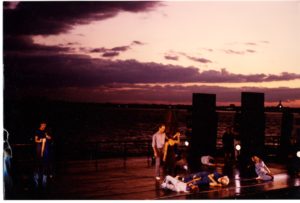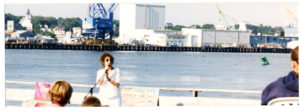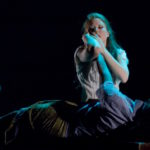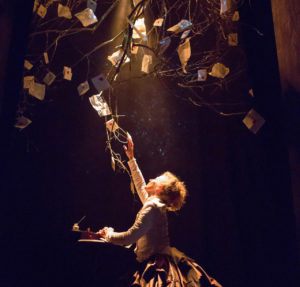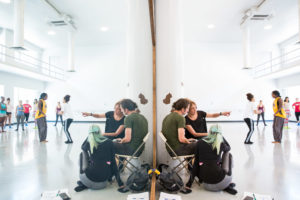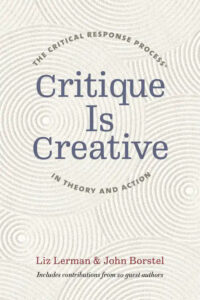Liz Lerman: a timeline
1974
New York City Winter
I made this solo about my go-go dancing days. For the nine months I lived in the East Village I did that form of dancing to pay for my technique classes—and also to try to figure out how to have a relationship with an audience. I began to discover that excellence might depend on context.
1975
Woman of the Clear Vision
I learned over a long period of time that meaning is wonderful but sometimes it isn’t. We danced this piece (about my mother’s death) for several years.
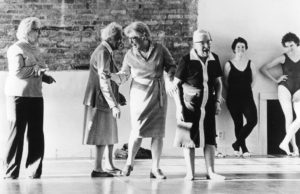
1976
Liz founds Liz Lerman Dance Exchange
Someone told me I could get support for my work from the federal department then named “Health and Human Services,” so I literally called them up. They, of course, passed me from department to department. Each time, they asked me who I was and I would say my name, and they would say, “No, who ARE you?” and I would say my name again, and they would say: “No,” and finally someone said: “What is your organization?” I got off the phone and decided to become an organization so I would be recognized by my government.
1980
Journey
an early experiment with text and movement
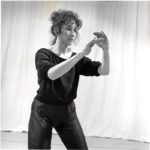
The story behind this dance is a love story.
1982-1983
Docudances
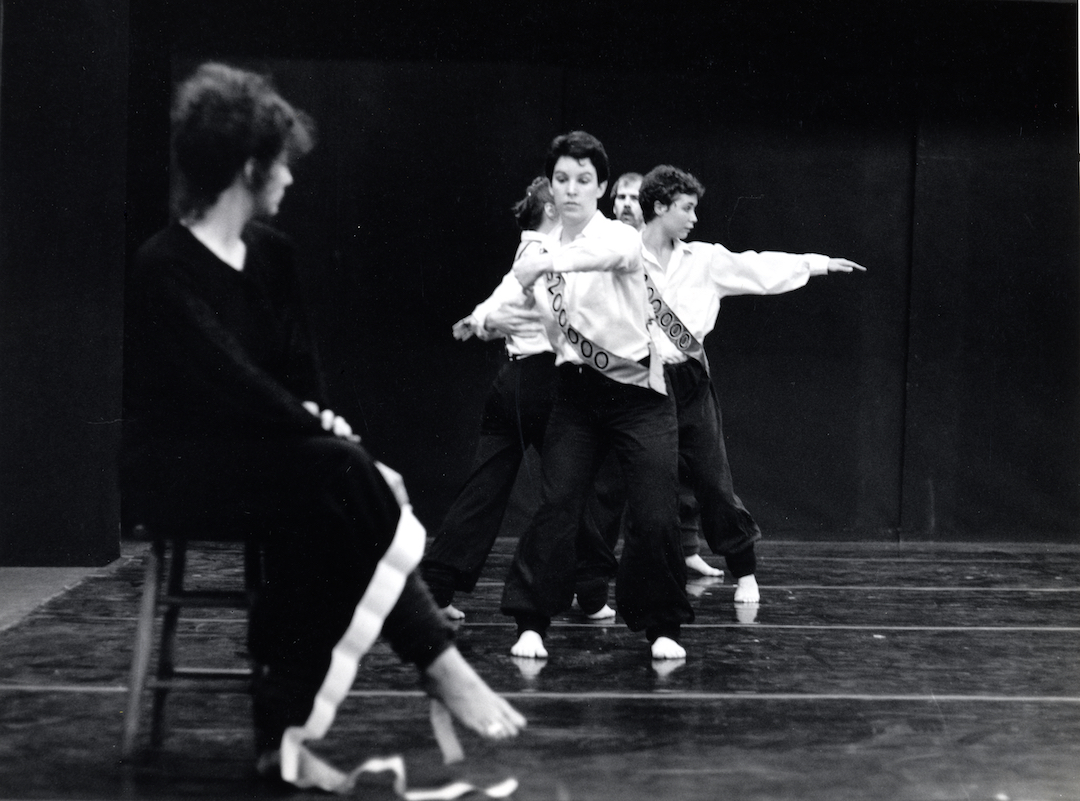
1982
Reagonomics
1983
Nine Short Dances About the Defense Budget and Other Military Matters
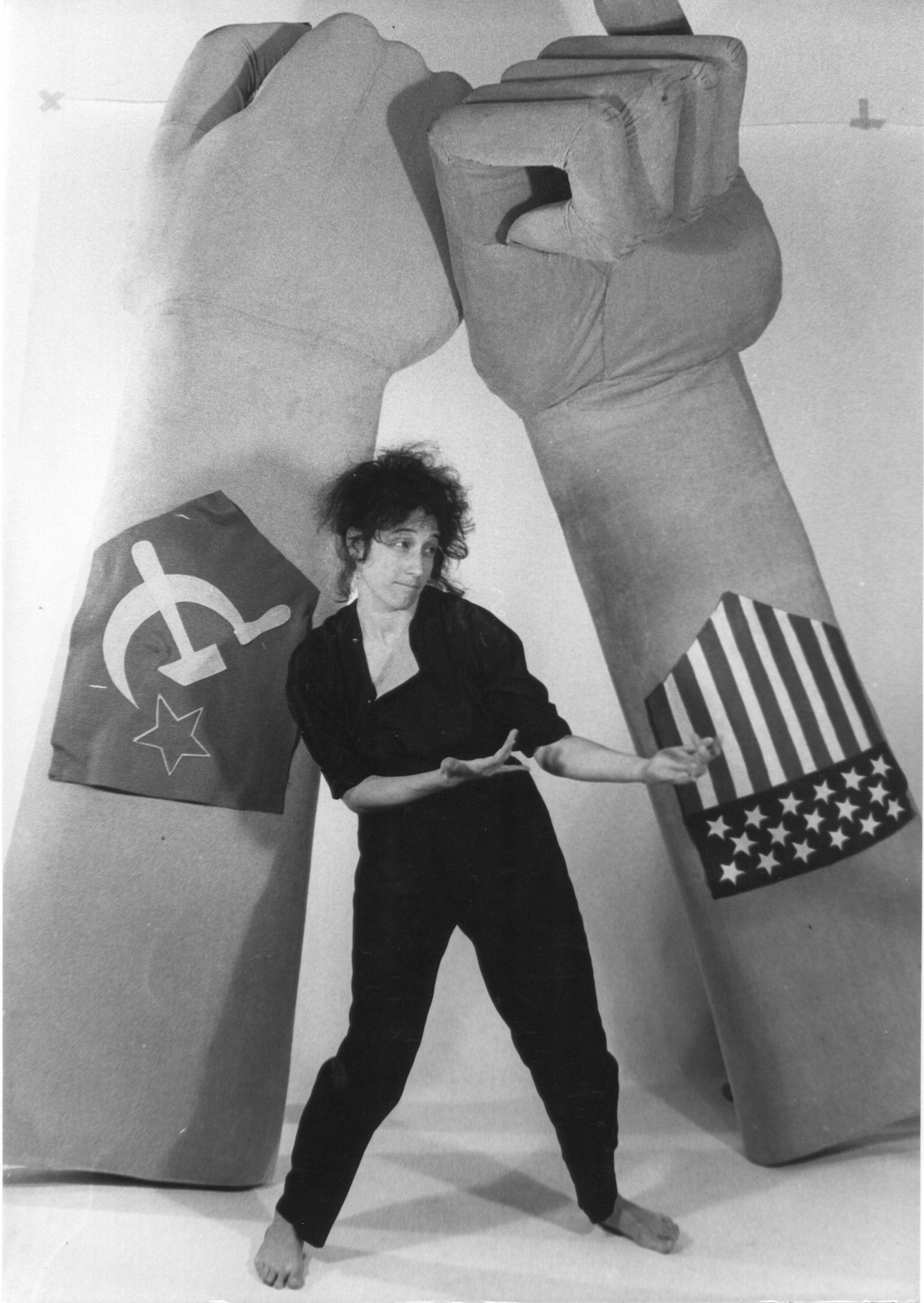
1984
Liz publishes “Teaching Dance to Senior Adults”
Luckily for me I had support from a teacher (Nancy Johnson) at George Washington University who stubbornly enforced the writing of my master’s thesis in the school of Human Kinetics and Leisure Studies (where dance was located at that time). When I completed it, she said it could become a book. And it did.
1986
Still Crossing
When the commission came from Dancing in the Streets to make something commemorating the Statue of Liberty, a little story from my dad came instantly to mind: “You should know that your grandfather escaped conscription in the Russian Army, walked across Russia and made it to America.” The old people rolling slowly across the stage in the opening of Still Crossing are, to me, the ghosts of my grandfather – all those immigrants present in each of our imaginations.
1994-ish
Liz articulates Critical Response Process
Oh, I was so frustrated as an artist: how to get decent feedback, the kind that makes you want to go back to work, not the kind that puts you to bed for days wondering why you ever thought you could do this thing in the first place. And so after some trial and error, I developed Critical Response Process.
1996
The Shipyard Project
There are so many stories from this amazing project and so much good that has come from it, including how much I was able to learn. So many people participated in honoring their city, their yard and their community by involving themselves.
1998-2002
The Hallelujah Project
15 cities, 15 projects.Where to start? So much happened for so many over such a short amount of time. There were the dances but there was also all the extra things people did alongside the dances…
2002
Liz is awarded a MacArthur “genius” grant
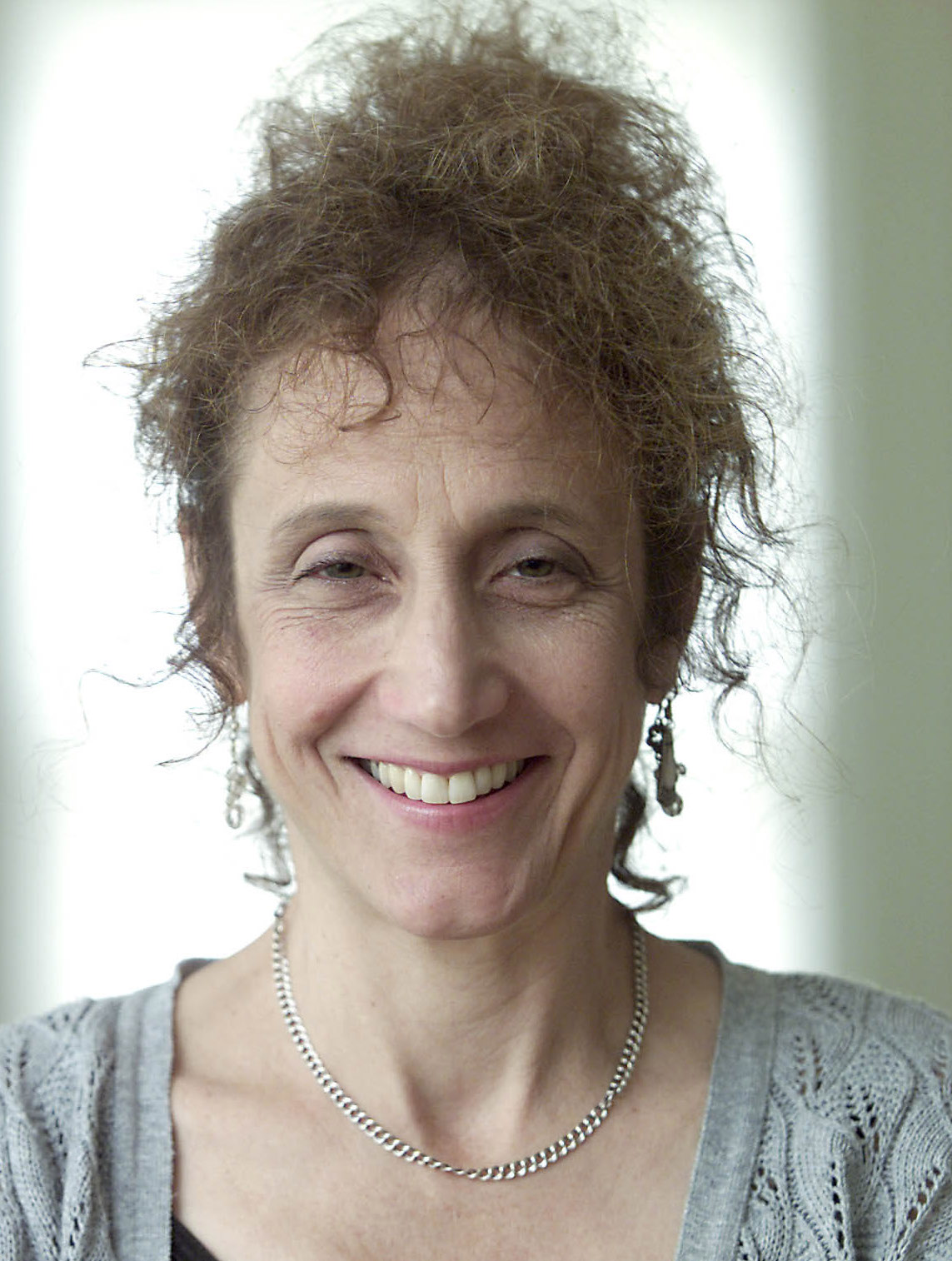
“Demonstrating that dance can build upon people’s experience to recreate their connections across ages and communities.”
I have to admit I loved having the wind at my back for once. But with all that support without actually figuring out IF we should work together…some bad alliances were made and broken. Eventually I learned. This was an amazing gift.
2005
Small Dances About Big Ideas
Harvard Law School commissioned me to make a dance in commemoration of the 60th anniversary of the Nuremberg war trials. This piece is the result.
2006
Ferocious Beauty: Genome
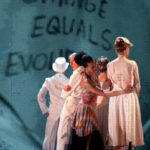
Ferocious Beauty: Genome was the first of what would become my “science” trilogy, and there were all kinds of moments where the subjects (the scientists) changed the subject, or at least the approach to the dance.
2008
Liz takes a research team to CERN
The minute I walked onto the CERN campus I was reminded of the Portsmouth Naval Shipyard, a project we had done a long time ago where we visited repeatedly over the span of 18 months and did a week-long festival at the end.
2010
The Matter of Origins
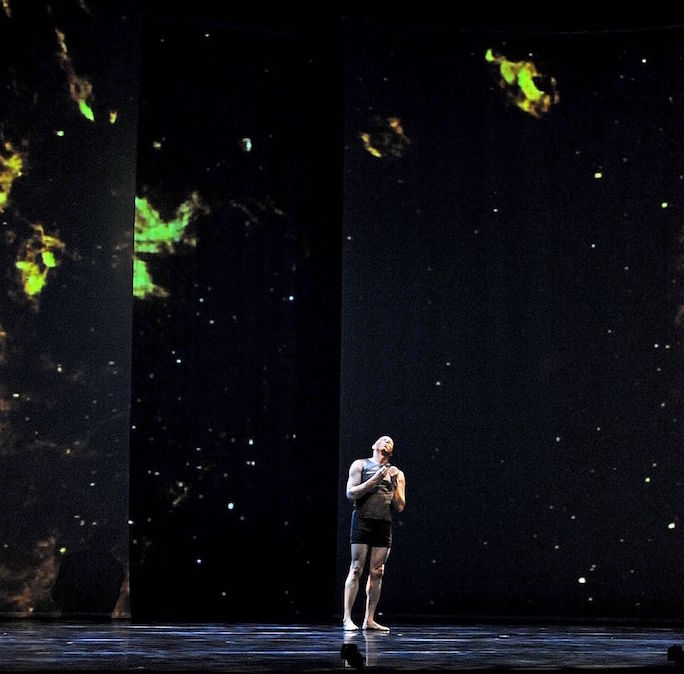
I love the notion that something catches my attention and then lies dormant until the time comes to realize its potential. Reading the biography of physicist Robert Oppenheimer and coming across a paragraph about a woman named Edith Warner and her tea room in the desert near Los Alamos made a deep impression on me, but I didn’t know what to do with it. It was only later, after the decision to move into the subject matter of physics and questions about how things begin, that I found Edith again and made her the narrator for this piece.
Also by doing that, I loosely linked our country’s work in Los Alamos with the more abstract work happening at CERN with the Large Hadron Collider (think: big government, big science)… Some of my collaborators loved this, some didn’t, and that too required new and deeper understandings of working with difference.
2011
Liz leaves Dance Exchange, publishes “Hiking the Horizontal”
I wasn’t going to start an organization (see: 1976). But from the moment I did, “I” became a “we.” When I was getting ready to leave the Dance Exchange, I realized I was always “we,” and it was time for me to rediscover the “I.” My book Hiking the Horizontal collected all that “we”-history, and so when I left, I really could start anew. This was not some preplanned strategy. This was luck, timing, and somehow my internal clock at work, telling me to write it down so I could leave it behind.
2014
Healing Wars
There are so many stories in each project. And hopefully, breakthroughs in structure, systems, processes. In the case of Healing Wars, I tried a lot of new things because I was newly without an organization. One of those new things was fitting dance into a regional theatre touring model.
2016
Liz accepts her first-ever full-time faculty job
Arizona State University Dean Steven Tepper called me out of the blue and asked me to come work at ASU. I wasn’t ready to sign on, so I initially said “No.” Then, after a visit, I said “Yes.”
2017
Liz honored with Jacob’s Pillow Dance Award
Jacob’s Pillow Dance Director Pam Tatge called me when I was driving and told me I was getting the award. I pulled over and started to cry. I said I was too old to get this award, and Pam said, “That’s exactly what I thought you would say.” I am lucky to be recognized during my own lifetime. And so fortunate to have experienced the reality that professional colleagues can, in some instances, become friends and confidantes—people who know the true vulnerability of an artist’s interior.
2017
American Dance Festival Award
Leah Cox asked if I would accept the American Dance Festival’s 2017 Balasaraswati/Joy Anne Dewey Beinecke Endowed Chair for Distinguished Teaching. I thought, you never know what people are doing with the ideas and processes we share as artists, and it is amazing to realize that Leah took note.
2020
Liz receives Hewlett Arts Commission
The Hewlett 50 Arts Commissions support the creation and premiere of 50 exceptional new works by world-class artists in partnership with Bay Area nonprofit organizations
2022
World Premiere of Wicked Bodies
In Lerman’s words, Wicked Bodies “provides a history of sly, grotesque, sensual, wildly creative women that every culture carries in cliches, stereotypes, and fictions, because they are actually very real, and very present.” The work was also performed at Jacob’s Pillow Dance Festival and Yerba Buena Center for the Arts.
2022
Critique is Creative is published
A new book by Liz Lerman and John Borstel provides a thorough introduction and lively exploration of Critical Response Process, a widely recognized method for giving and getting useful feedback.
“Liz Lerman and the CRP …have been core to my artistic development and to my ability to build community. This book is an essential tool for that development to continue.” – Carlton Turner, co-founder of Sipp Culture
2022
Brett Cook & Liz Lerman: Reflection & Action at YBCA
This exhibition is the culmination of Cook and Lerman’s three-year residency as senior fellows at Yerba Buena Center for the Arts, and its title, Reflection & Action, echoes the cohesion between their work and the way they care for the public. It simultaneously references their deeply held belief that to be an artist in the world means creating time and space for contemplation and opening oneself to the experience of others. Their commitment to relationship-building leads to personal and collective transformation.
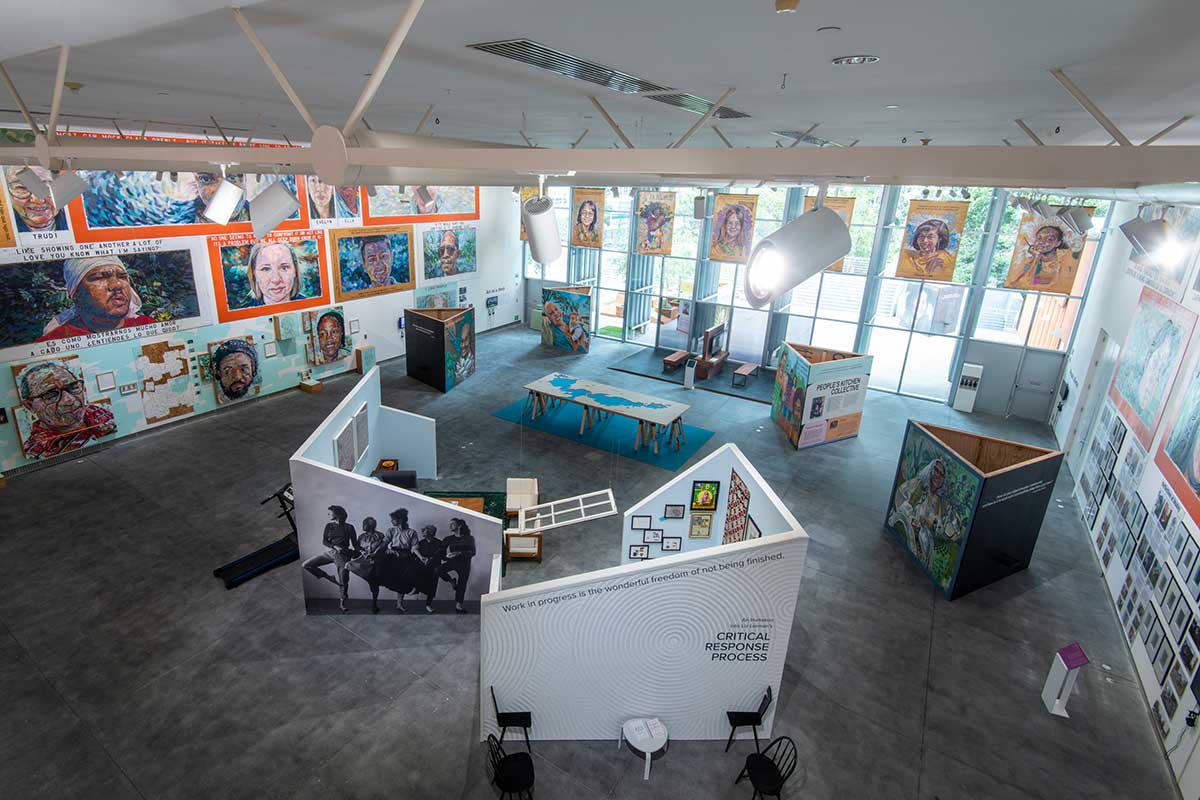
Interactive installations and public programs invite us all in as creative collaborators with Cook and Lerman. Reflection & Action is an offering—weaving together video, dance, installation, painting, and other participatory works—to harness our own creative power and enact change in the world.
2023
Liz becomes a Guggenheim Fellow
“I started to think that being 75 is like entering a new habitat. It feels like I’m on an incredible plateau, and I don’t see the horizon. It’s quite beautiful up here. And because I don’t know where the edge is, there are all of the things that I love — risk, purpose, love — fueled by curiosity, driven by a need to try to be of use.” – Liz
2025
My Body is a Library
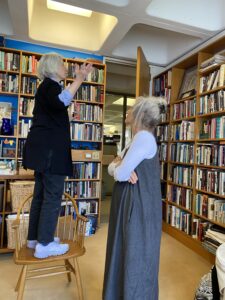
I cannot think of a better place to bring people together in times of such drastic change and division as libraries. This new choreographic work affords audiences the opportunity to reflect, discuss, listen, watch, think, and dwell within difficult subjects. The work is multi-disciplinary, animating spaces within libraries through site-specific participatory performances, immersive installations, and embodied research processes
And more to come…
We’ll be adding more timeline events as Liz Lerman’s work continues to grow and evolve. Join our mailing list and stay in the know.


